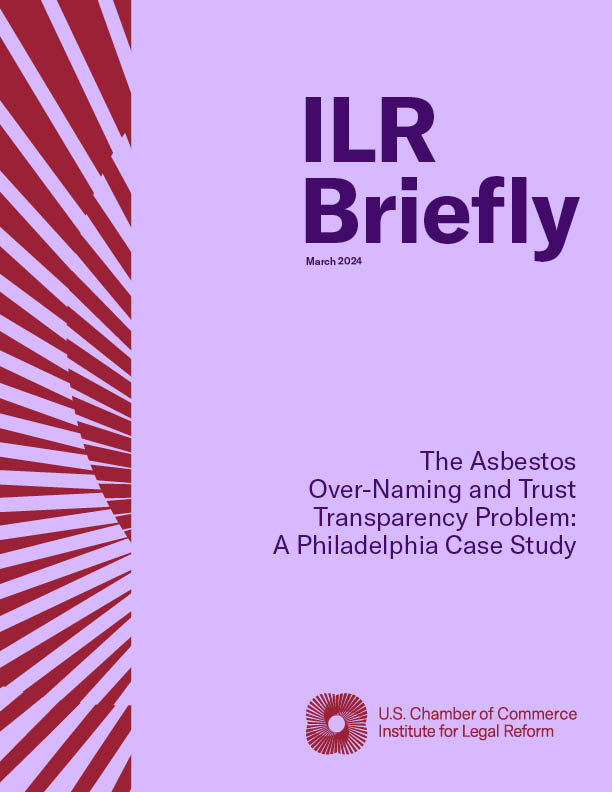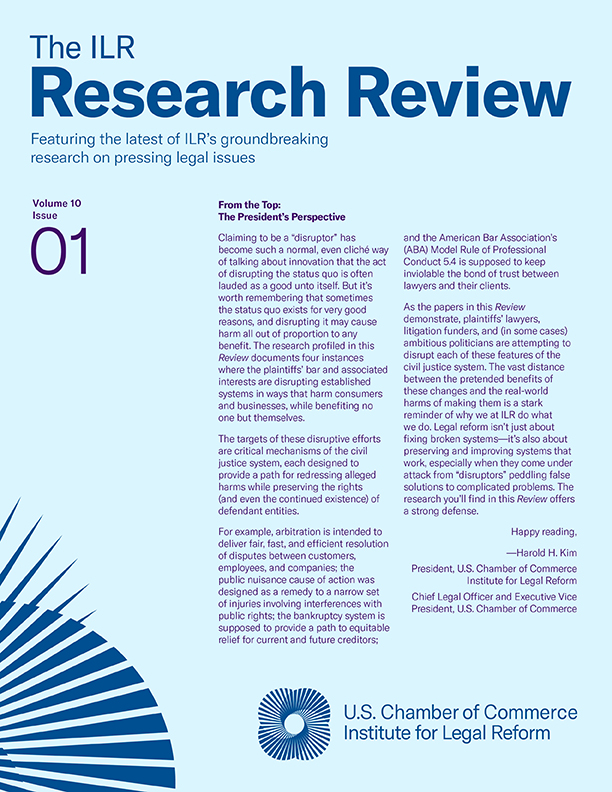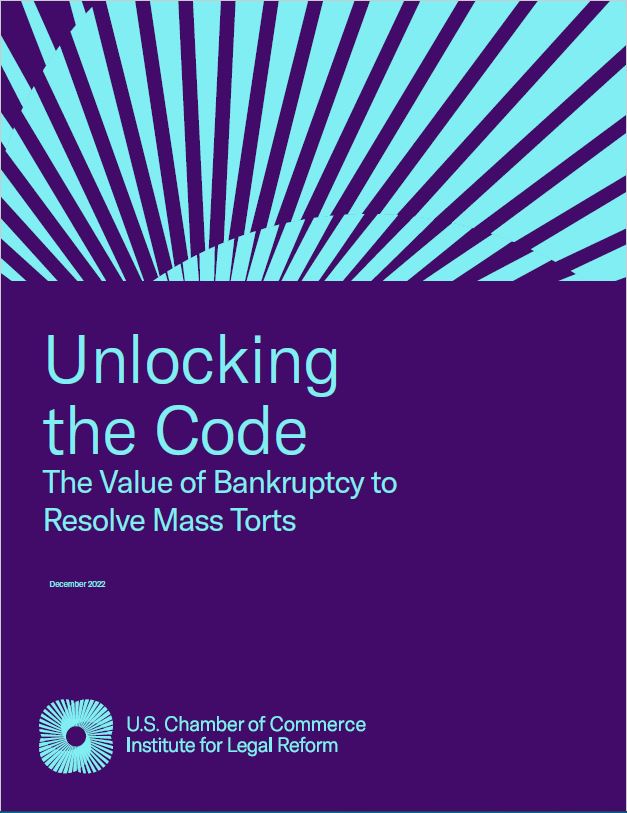The recent unsealing of asbestos bankruptcy trust claim forms from the Garlock bankruptcy reveals a pattern of inconsistent claiming from one trust to another. This pattern, together with evidence of fraud that has plagued these trusts and the perverse incentives created by their structure, underscores the critical need for oversight and reform of the asbestos bankruptcy trust system.
The report examines a subset of 100 claims from the Garlock database and analyzes the dates, places, products, and descriptions of exposure provided by each claimant to each trust to determine what effect, if any, the trust system’s flawed design might have in practice.
Alarmingly, the subset identifies three widespread inconsistencies in the information provided to different trusts by claimants:
- Sixty-nine percent of claimants did not list every place of employment at which they alleged exposure with every trust.
- Fifteen percent of claimants did not list specific products or brands to which they alleged exposure.
- Over half of the claimants (55%) had date discrepancies across claim forms.
Furthermore, twenty-one percent of the claims displayed even more worrisome inconsistencies, such as incompatible dates for jobs (where the dates for different jobs overlapped), inconsistent job descriptions, and implausible exposure allegations.
The Garlock claims present evidence that asbestos bankruptcy trusts, by design, do not adequately compare the allegations made across trusts. Without strong external oversight and reform of the current system, fraudulent and inconsistent claims will continue.
View research paper infographic here.
View PDF


